This post has been brought to you by La Rioja Alta. All opinions expressed are my own. The following message is intended for those 21+. Please enjoy responsibly.
Today we're revisiting the Iberian Peninsula courtesy of Viña Alberdi.
We've got a lot to cover, so let's dive right in.
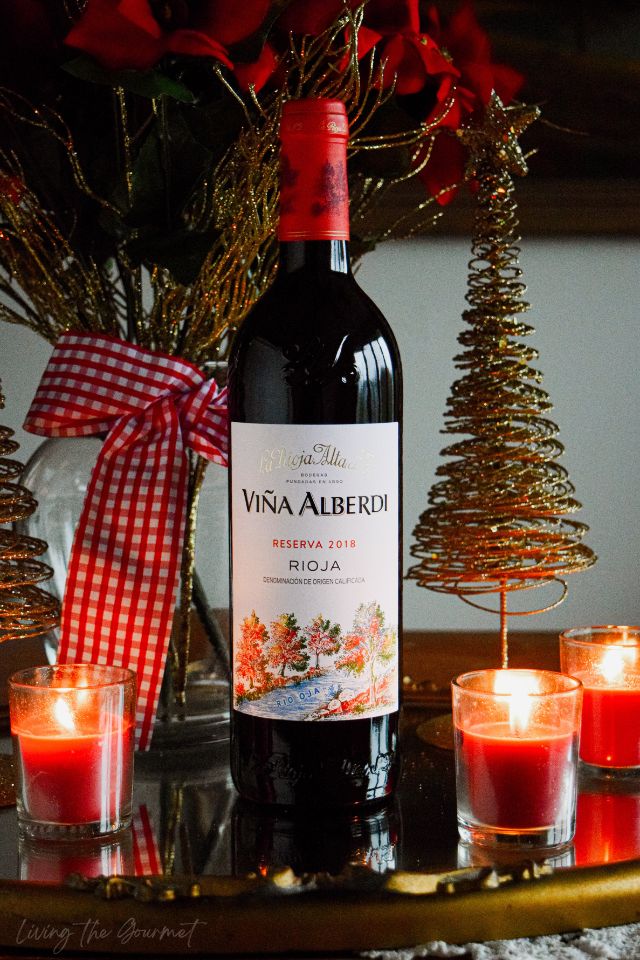
The Where - Rioja, Spain
The world's three most valuable and prolific wine regions are, together, sometimes called the "Three Great Terroirs." These three area are France, Italy and…
If you're like most, you probably have to guess at the third. You might guess California for the sheer scale of its production, and the innumerable 'boutique' cabernets whose price tags run well into the tens of thousands of dollars (and beyond) per bottle. If you're more traditionally minded you might guess Greece for the mere sake of its history in being the 'cradle' of European winemaking. Yet, you would be wrong again.
The third leg of the "winemaking triumvirate" is, and this may come as surprise to some, Spain.
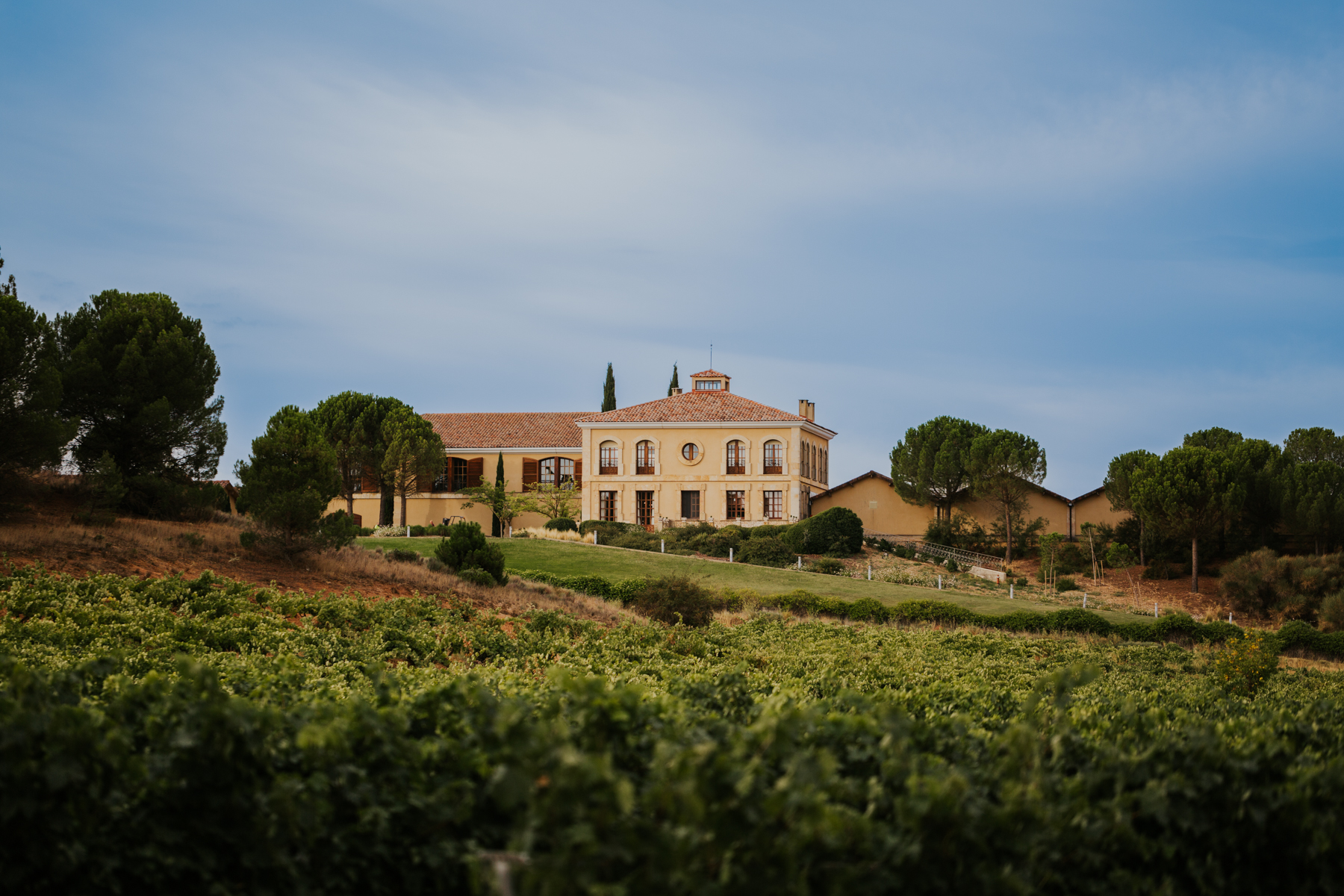
Boasting traditions inherited from the Roman era dating back some 2300 years, and an enviable sea-breeze lashed Mediterranean climate on par with the best terroirs of France and Italy, Spain lays claim to long and - usually - successful winemaking history. However, it is undeniable that Spain has, more often than not, toiled in the very long shadows cast by its French and Italian counterparts. This leaves one to ask precisely 'why' Spain hasn't more often been on equal footing with France and Italy in terms of prestige and quality - given that it possesses all of the 'ingredients' for a thoroughly prolific and prestigious winemaking industry.
The answer has to do with what I wrote some years ago about Californian wine. In particular I pointed to the success story of Napa, where a mix of deliberately harsh quality controls, coupled with a well-funded (and ingenious) marketing campaign following the region's 1976 upset victory at a blind tasting in Paris, and these combined to create the global phenomenon that is Napa Valley.
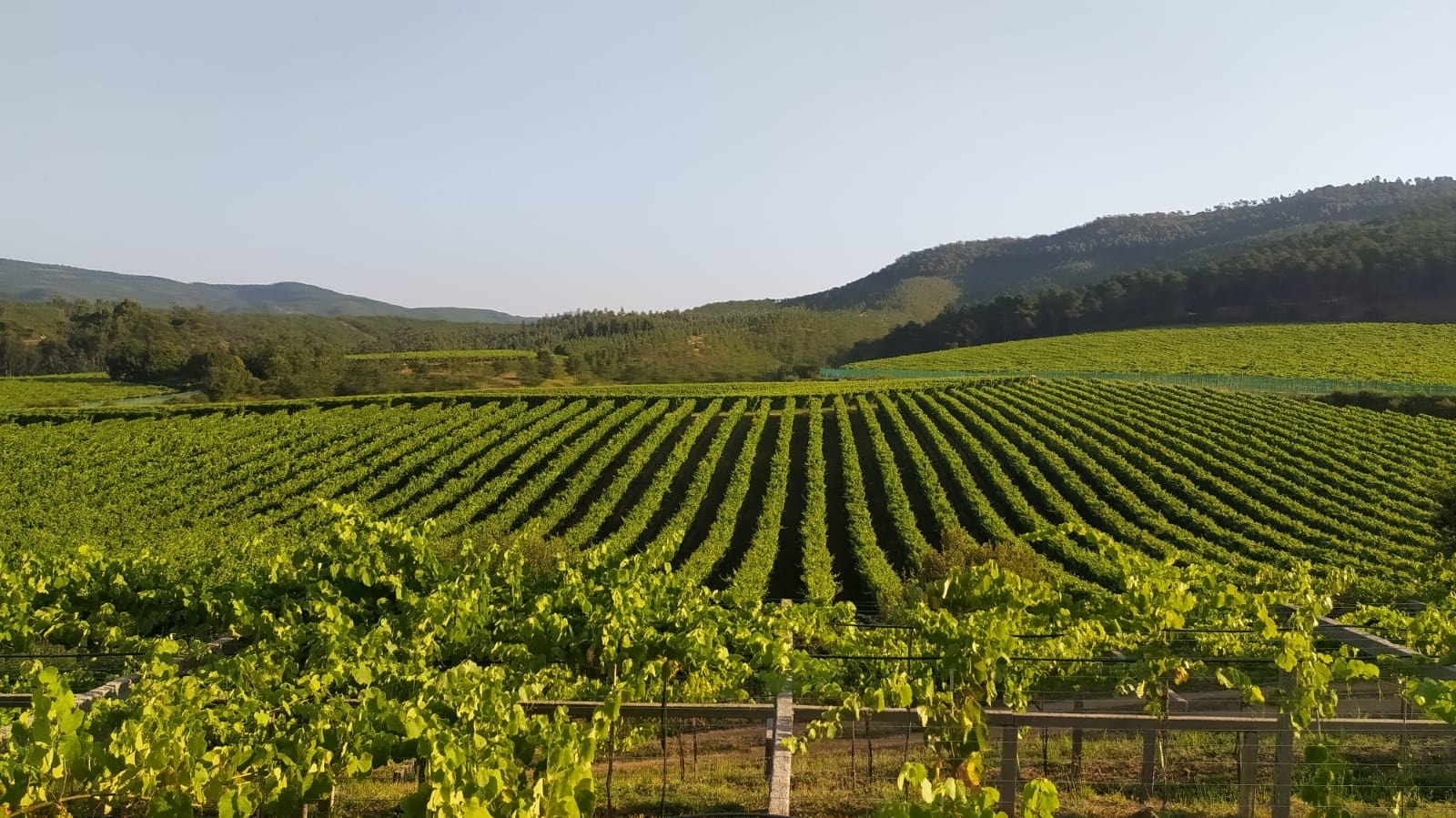
Spanish winemakers, by contrast, have long suffered under horrendous state mismanagement, mismanagement that has at times bordered on outright neglect. This mismanagement dates back centuries to the Spanish Crown's stubborn refusal to embrace agricultural industrialization well into the late 18th century. We can then fast-forward to the deliberate razing of vineyards during the Spanish Civil War, which was promptly followed by the closure of markets during the Second World War - which starved the winemaking industry of access to consumers. The end of the Second World War was then followed by the misguided focus on 'generic bulk wine' sales by the Franco government during the 1950s, as opposed to the development of prestige labels (as occurred in post-war France and Italy). This history, which can only be described as tragic, resulted in the Iberian region as a whole constantly lagging behind other Old War regions.
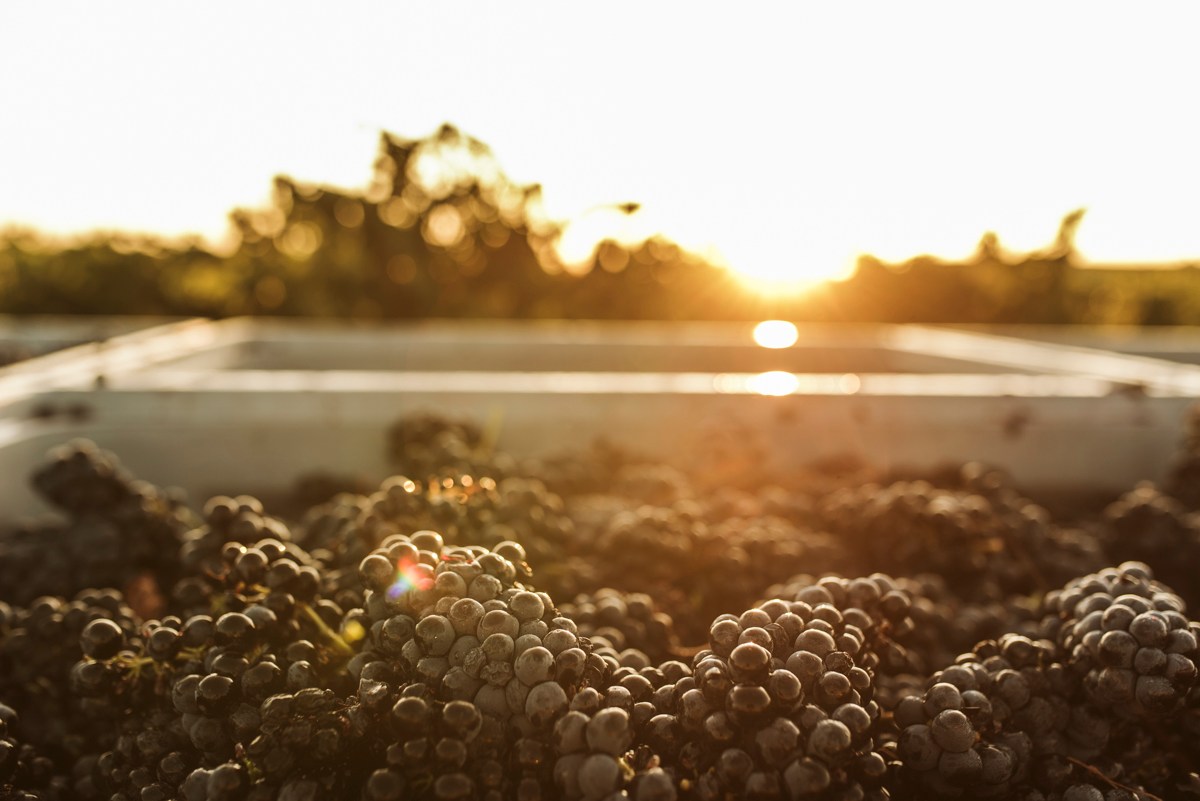
However, this has changed drastically over the last three or so decades, particularly from the late 1970s following a loosening of market regulations ushered in by the end of the Franco regime, while true qualitative revival began in the late 1980s and early 1990s. Ever since, Spanish wine has truly begun to flourish on a global scale, and to receive both the critical and consumer recognition it deserves alongside its Old World counterparts.
The Bottles - A Showcase
Today we'll be reviewing a 2018 Reserva Rioja from Vina Alberdi.
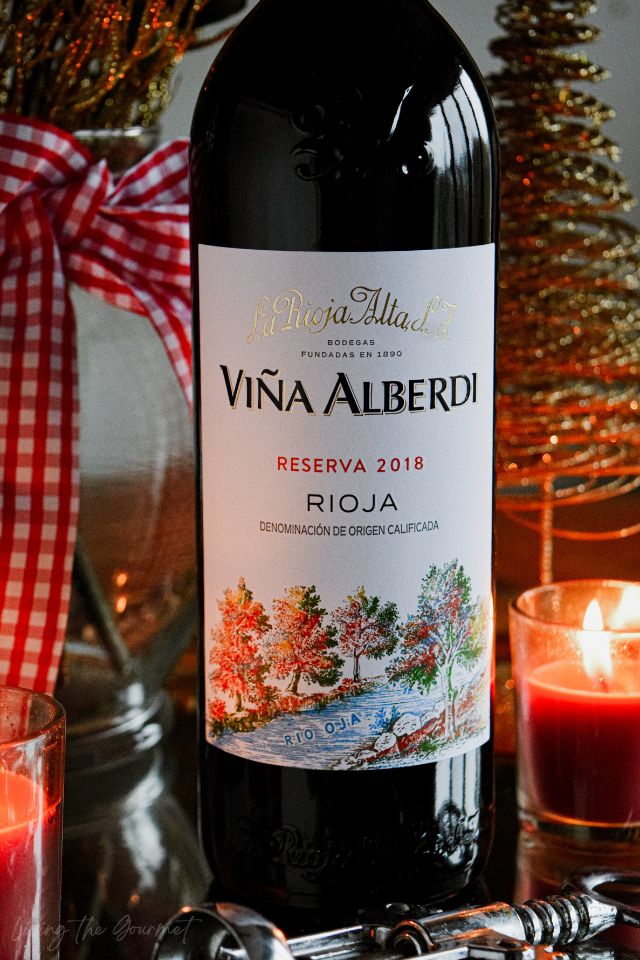
Aromatics and Tasting - The Review
The 2018 Reserva Rioja introduces itself with berry and spice aromatics off the top of the glass. Think a mix of sliced red cherries and juicy raspberries, with a background of pepper and fresh tobacco leaf. Cracked leather and oak, with just a hint of earth, manifest deeper into the glass. On the palate, the wine features soft tannins, rich acidity and a velvet-like mouthfeel. Oak, vanilla, and copious red fruit comprise the palate.

What To Eat - The Pairing
Tempranillo loves red sauces, it adores spicy food, and brings out the best in grilled meat. It's really a very simple wine to pair, and very forgiving. However, if you're feeling creative, you might consider a grilled vegetable salad featuring blistered tomatoes, garlic, fresh basil, red onions, and zucchini, something along the lines of my Grilled Vegetable Salad. On the carnivorous side of the spectrum, you might consider a Top Round Roast prepared with a red wine, garlic, oregano, and crushed black pepper rub, and then served with a decadent brown gravy.
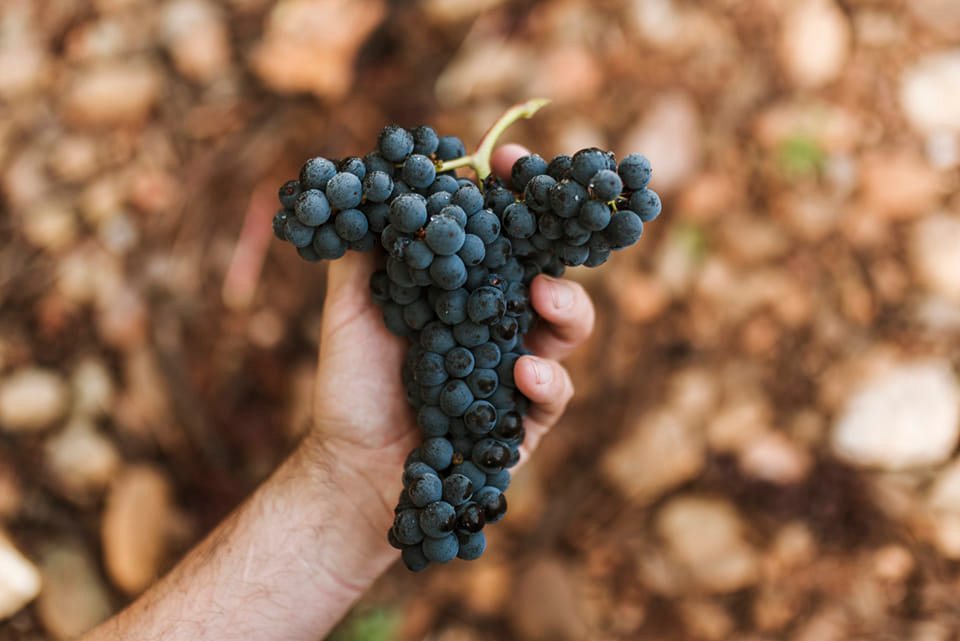

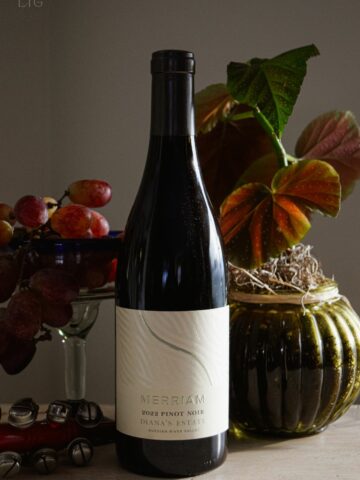
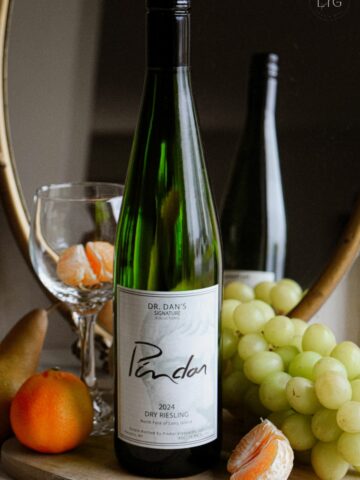

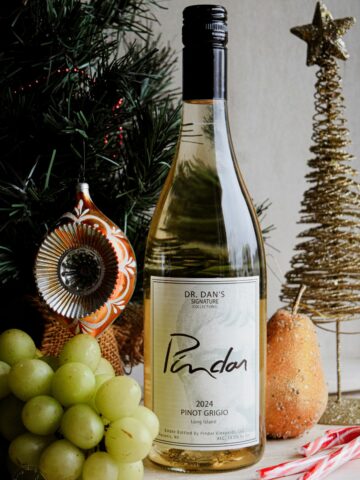
Leave a Comment